a big issue with me is this, this has happened before. and the RMA was approved for another user under the
exact same circumstances. you note that they arent coming in here denying the rma was granted, right? they were claiming prior to that that it was an once in a million never ever happened before in history totally impossible scenario. yet then a user, a member of their own support forum, comes forward with a very similar scenario. are they hiding something? doubt it, but it does show that maybe there isnt a very good QA system over there. . maybe if they had a system they could have looked it up and said "hey there was a past failure that was similar to this, maybe we need to look at this"
i dont think that Ryder knew of the other RMA, seriously i follow my gut on some things, and i dont think he would hide it. hes a stand up guy, and my issue is with his company, not with him. but the point is this: he
wasnt aware of it, and he should have been. it is possible that this has happened fifty times, tbh, but with other devices, maybe HDD's burnt up on some rails with SSD's. maybe it isnt getting the attention because it simply isnt being tracked. or someone files RMA with the SSD, but not other devices on the rail. or maybe they have filed it with multiple SSD on the same rail, WHO KNOWS? they should, thats for damn sure. what are the odds that these things being constructed in some shack in china are now going to start failing, en masse? well, the odds of that just went up twice as much, since we now have two cases

i dont think that will happen, but im ranting so




it.









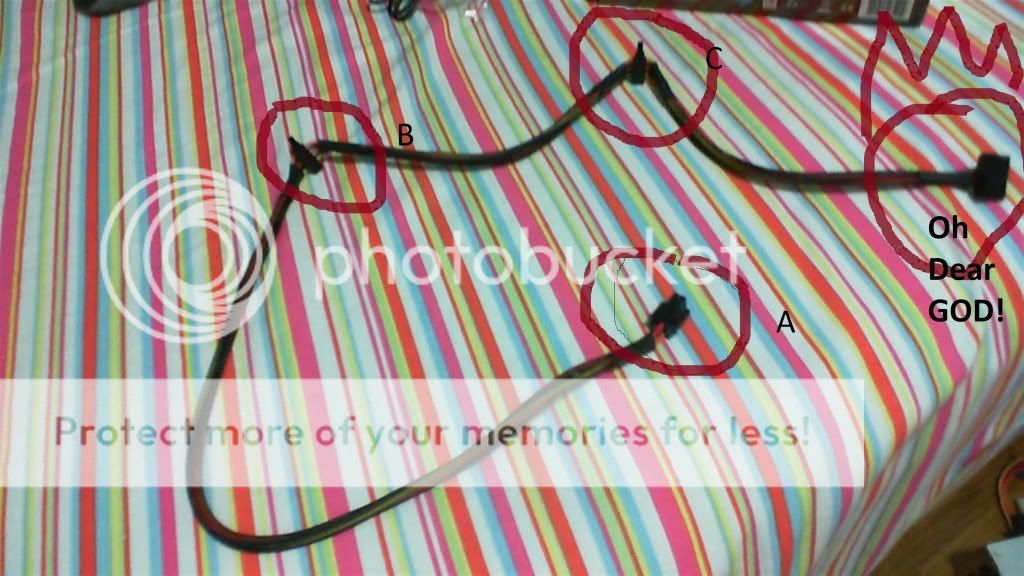
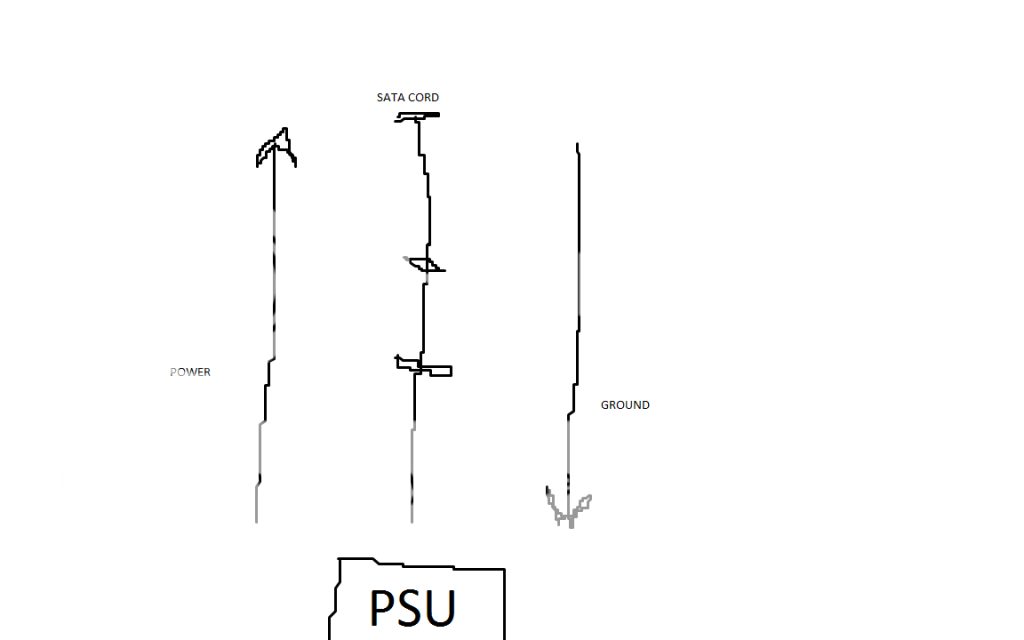


 . He plugged in a modular cable backwards. (Who'd have thunk that if you have to force the modular cable into the PSU it might be wrong!? LOL)
. He plugged in a modular cable backwards. (Who'd have thunk that if you have to force the modular cable into the PSU it might be wrong!? LOL) 




















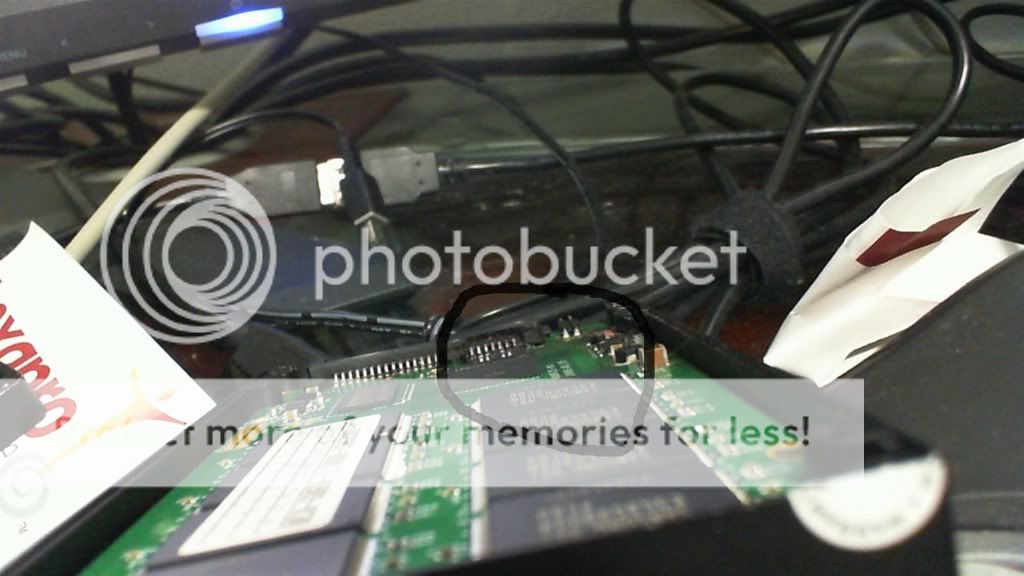
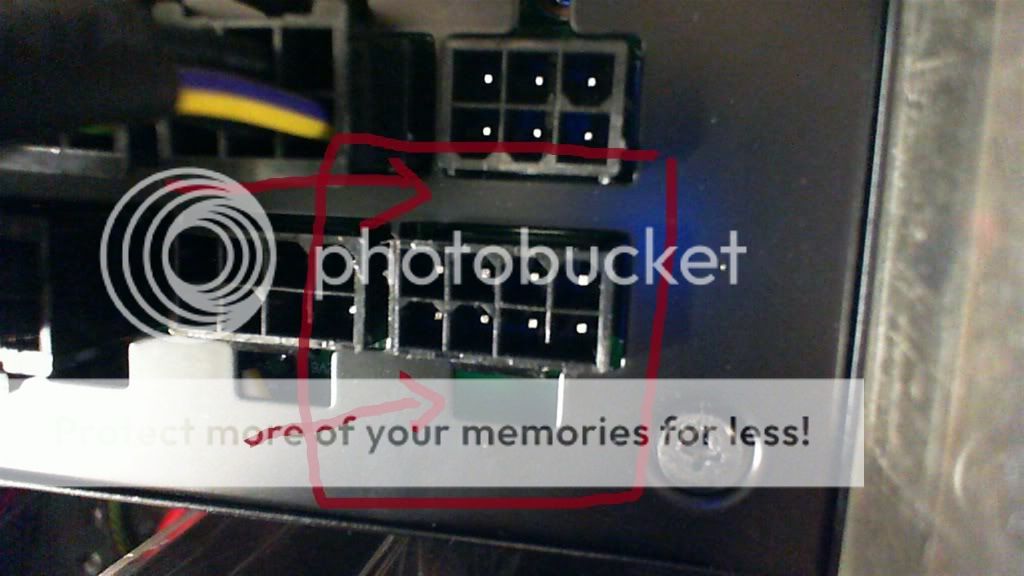
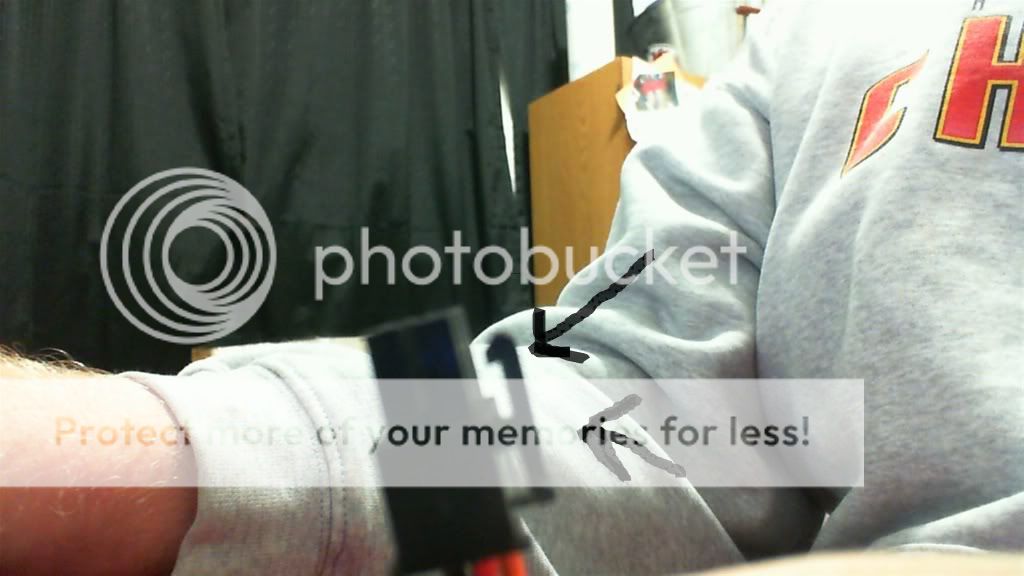


Bookmarks